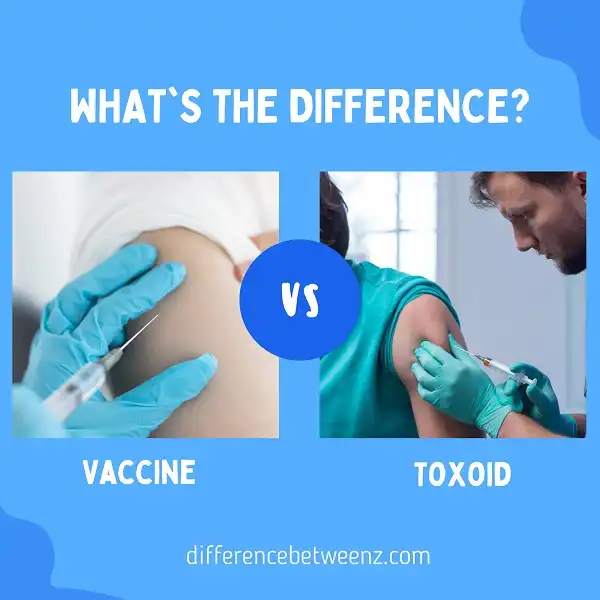There are many misconceptions about vaccines and toxoids. Some people think that they are the same thing, while others believe that one is better than the other. In this blog post, we will explore the differences between vaccines and toxoids so that you can make an informed decision about which type of immunization is right for you or your loved ones.
What is Vaccine?
A vaccine is a biological preparation that provides immunity to an infectious disease. It is usually made from weakened or killed forms of the microorganisms that cause the disease, such as viruses or bacteria. When injected into a person, the vaccine stimulates the body’s immune system to recognize the microorganisms as foreign invaders and to produce antibodies to destroy them.
Vaccines can be administered through injection, mouth, or by inhalation. Some vaccines are also available in nasal spray form. The effectiveness of a vaccine depends on several factors, including the person’s age, health status, and previous exposure to the disease. Vaccines are typically given to children, adolescents, and adults on a regular basis to help protect them from disease.
What is Toxoid?
Toxoids are substances that are derived from toxins, but they have been rendered harmless. However, they can still stimulate the immune system to produce antibodies against the original toxin. Toxoids are commonly used in vaccines, as they can help to protect against disease-causing bacteria and viruses. For example, the tetanus toxoid is used in vaccines to prevent tetanus, a potentially fatal bacterial infection. Toxoids are also sometimes used in research, as they can help to study the way the immune system responds to toxins. In general, toxoids are safe and effective agents that can help to prevent disease and improve our understanding of the immune system.
Differences between Vaccine and Toxoid
- Vaccines and toxoids are both important for the prevention of disease. However, there are some key differences between the two. A vaccine is a live or inactive form of a virus, bacteria, or another microorganism that is injected into the body to stimulate an immune response.
- A toxoid is a chemically detoxified form of a toxin that is used to immunize against certain bacterial diseases. The key difference between vaccines and toxoids is that vaccines contain live or inactive microorganisms while toxoids contain detoxified toxins.
- As a result, vaccines are more effective at stimulating an immune response and protecting against infection. However, toxoids can be used to immunize against bacteria that do not cause disease in humans. Vaccines are typically given through injections, while toxoids are usually given orally. Both vaccines and toxoids are essential for preventing disease and keeping people healthy.
Conclusion
A vaccine is created from an inactivated or killed microorganism, while a toxoid is made from a toxin that has been weakened but not killed. Vaccines are used to prevent disease, while toxoids are used to treat them. In general, vaccines are more common than toxoids, but both have their place in modern medicine. Thanks for reading!


